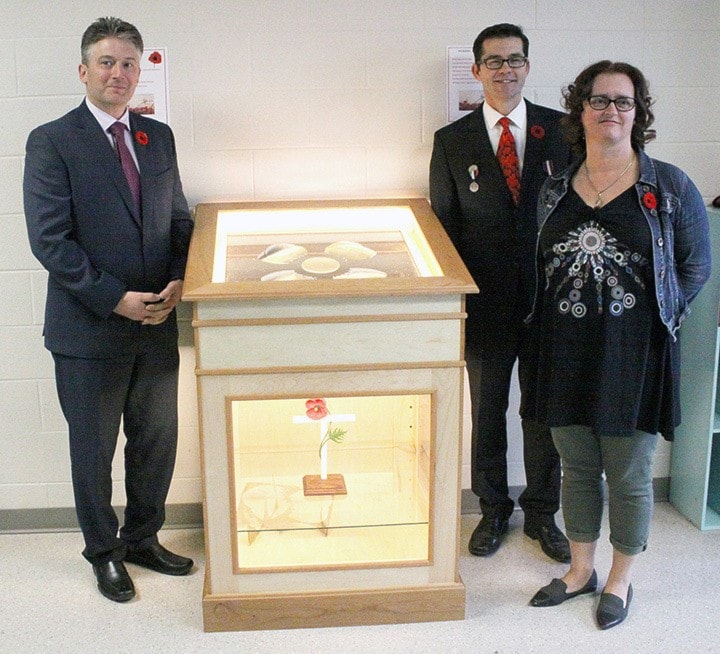A single cow found with bovine tuberculosis (TB) has thrown the cattle industry into a state of uncertainty and could level a tremendous blow to beef producers in at least two provinces.
The lone cow from a herd in southern Alberta near Jenner — about 50 kilometres northwest of Brooks — that was shipped to the United States in September, then identified as having bovine TB, has now led the quarantine of 35 herds in Alberta and Saskatchewan, which translates into about 10,000 cattle that will all have to be tested.
Two additional herds, which had been co-mingling with the index herd for some time, will be slaughtered along with the index herd followed by all of those animals being tested for the disease.
As of last week, only about seven of the other quarantined herds had been tested by the Canadian Food Inspection Agency (CFIA) and the quarantine could remain in place for months, pending testing results. And so far, only the original cow has been found to have contracted the disease.
Greg Bowie, past-chair of the Alberta Beef Producers (ABP) and who runs an operation near Ponoka, pointed out the case has spiraled into something that could see some producers lose everything.
“If anyone of those other herds are found to have a positive reactor test, then those animals and potentially more will be destroyed,” he said during the ABP’s regional zone meeting in Ponoka on Nov. 1.
“That could prove devastating to the industry that is already hurting significantly due to the driving down of prices.”
Meanwhile, the ABP has also been after the province to make a request for federal disaster assistance for those affected by the quarantine, while encouraging producers to seek out funds from three other assistance programs that are available.
However, ABP executive director Bob Lowe explained that most ranchers in the affected region are not used to having to over-winter calves and can’t wait for the length of time needed to receive those funds because of having to access the extra resources now.
Lowe added the blame is squarely on the CFIA for having taken this long to respond and deal with the issue, calling it ‘ridiculous’ and a little late.
There are conflicting reports, with the CFIA stating the producer was notified of the find on Sept. 23 — the day after the CFIA was told by U.S. authorities — while the ABP stated the producer was told on Sept. 27 and other producers in the area weren’t notified for another three weeks. Lowe doesn’t find the silence hard to understand, but was astounded the CFIA seemingly did nothing else during that period. The first slaughter of animals started on Nov. 7.
Since Oct. 19, the CFIA has committed to providing the ABP and the province with progress updates every two weeks.
More details can be found by going to www.albertabeef.org and www.inspection.gc.ca.
